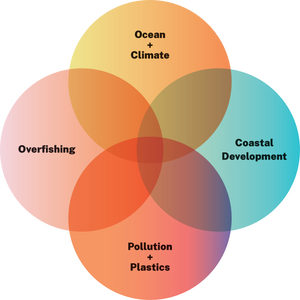Over 3,000 species of nudibranchs are found across the world’s oceans, appearing with special abundance in the shallow, tropical waters of the Indo-Pacific. These cheerfully colored sea slugs are predatory, using their sensitive, antennae-like rhinophores to track down prey species: sponges, anemones, corals, barnacles, and even their fellow nudibranchs. Lacking the shells that provide many other mollusks with safety, nudibranchs have evolved numerous defensive strategies.
Nudibranchs are experts at camouflage. By acquiring their color from their prey, some nudibranchs are able to blend in precisely with their meal of choice. Others use bright colors to warn predators of their unappetizing acids and deadly toxins.
Perhaps the most impressive defense strategy belongs to select species of aeolid nudibranchs: long, tapering nudibranchs that are covered in waving protrusions called cerata. Aeolid nudibranchs feed on stinging jellyfish, sea anemones, and corals. These prey species have venom-filled cells called nematocysts that shoot out tiny harpoon-like structures for both hunting and defense.
While they are consuming their toxic prey, nudibranchs are able to prevent the nematocysts from firing, potentially through the use of their slug slime. They are then able to store the immature nematocysts that they ingest in cnidosacs: special sacs at the tips of their cerata. These clever nudibranchs can then use the nematocysts to protect themselves against predators. The otherworldly charm of nudibranchs reminds us of the wonder that our oceans hold; one of the many reasons why they are so important to protect.
Zoe Keller








